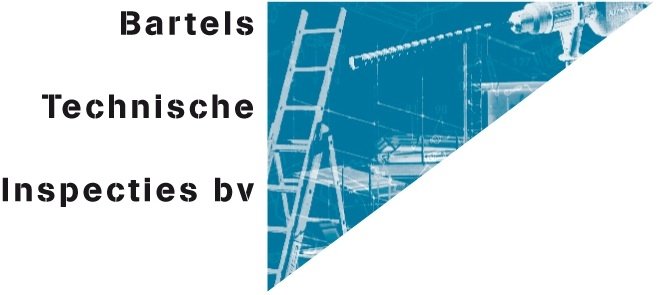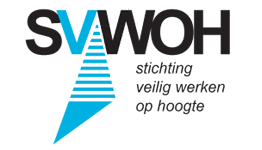[EN] PDF bestanden

Scaffolding Training Europe
Monitoring & Inspection
Scaffolding Inspector
Target audience
The training Scaffolding inspector teaches you how to inspect and/or deliver a scaffold. This training includes all types of scaffolding, from standard configurations too complex scaffolds that deviate from the construction drawing, because of necessary modifications. You learn to inspect scaffolds on quality and safety, based on current standards and legislation. You also learn to use the rules of thumb for strength, rigidity, stability and safety.- Recertification: 5 years ago you got certified and it is time to renew it? Then sign up for one of the open registrations and when applying you place a request for recertification in the question/remarks section. You skip the first mentioned training date and join the training from day 2 onwards. This is fairly difficult and the instructor will go through the curriculum fairly quickly. It’s doable with a good dose of independent studying outside the course. If this sounds too much, then you just sign in for the whole training. No problem.
- After passing your exam, you will receive a certificate of professional competence conform ISO 17024. The certificate is valid for 5 years and during this time you are Certified conform the Scaffolding Directive.
Preliminary education
You have a VCA-vol as well as at least 5 years’ experience in a supervisory capacity within the field of Scaffolding. To prove you have 5 years’ experience, you will have to fill in an employer’s statement and have this signed by your employer. The employer’s statement is available on our website or you can ask for it by mailing info@trainingscaffolding.com.Content of the training
You learn- To assess if basic rules, guidelines and safety requirements have been met in regard to (dis)assembly and adjusting;
- To assess the strength, rigidity, stability and safety of a scaffold and release it based on drawings;
- To inspect scaffolding material based on current criteria and standards;
- To inspect and assess the safety of scaffolds in all stages;
- To assess if the safety regulations and procedures are being applied correctly;
- To rapport unsafe situations and the necessary corrective measures;
- To provide insight through sketches of corrective and/or replacement measures that should be taken;
- Legal and liability aspects of scaffolding.
Duration of the training
Duration
4 days training + 2,5 hours exam
Duration Recertification
Price
Course price
€ 1.250,- excl. VAT
Recertification price
€ 980,- excl. VAT
Price certificate
€ 78,70 excl. VAT
Price SVWOH
€ 100,- excl. VAT
Course data
Direct contact
Tekst - Covid EN

Scaffolding Training Europe





















